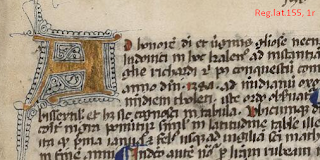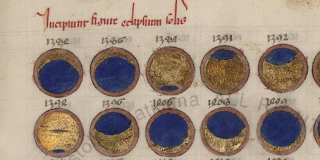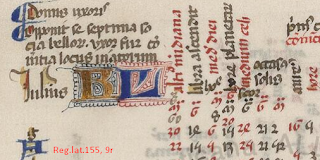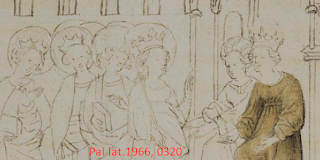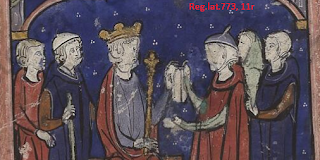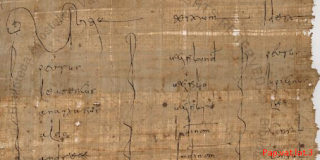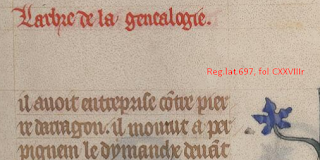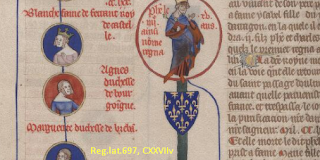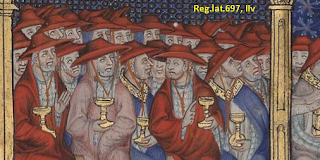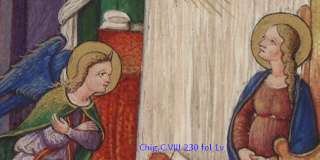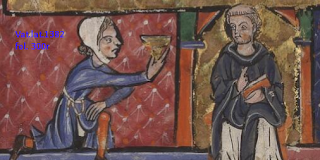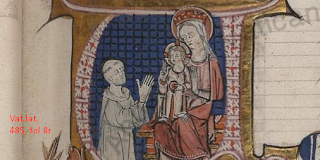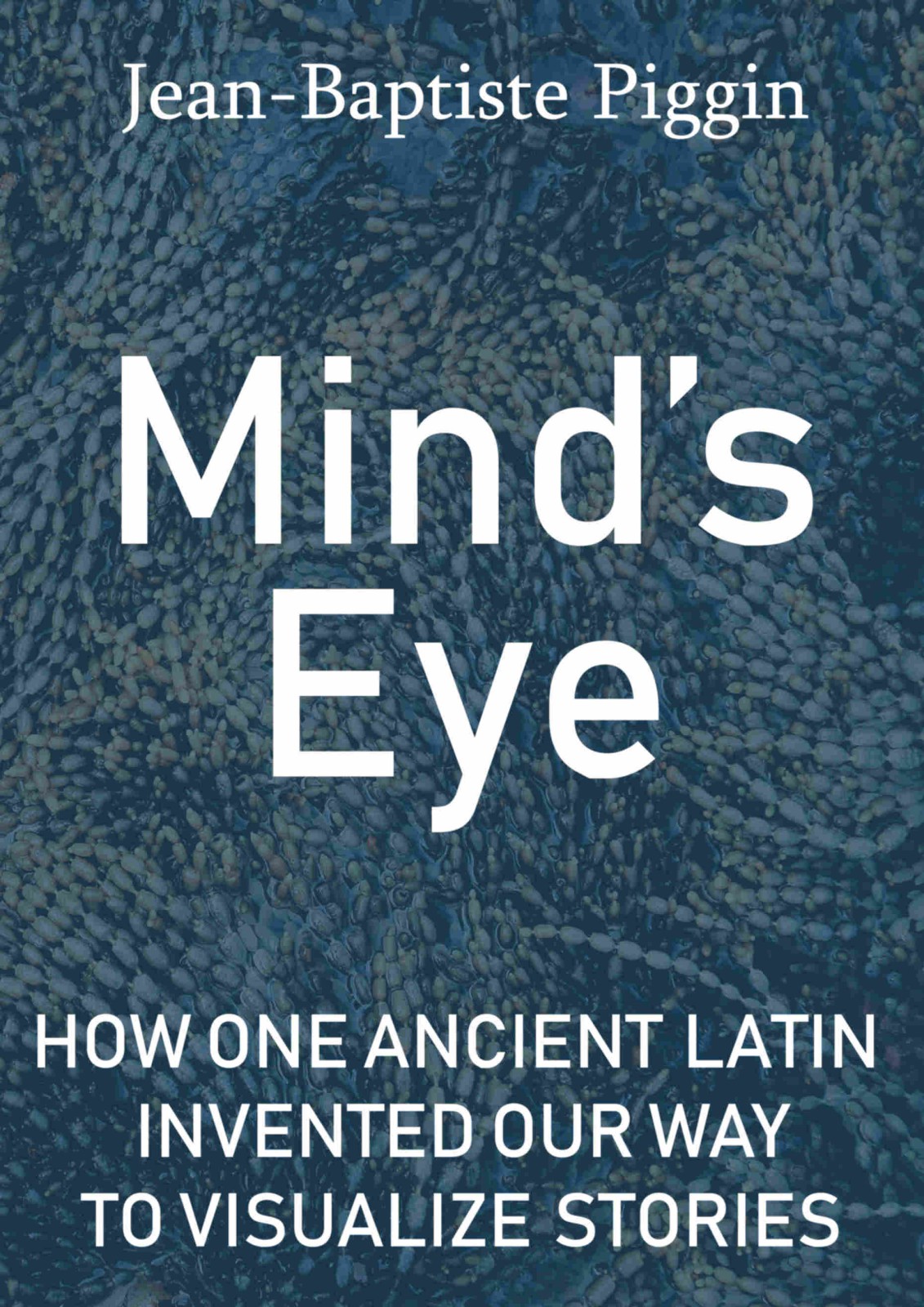The Vatican Library digitized this week a manuscript containing this treasure of English learning, Reg.lat.144. From eTK (search) we know which of the calendaria it is (there were many), based on the prologue incipit, Ad honorem dei et virginis gloriose necnon sanctorum confessorum.
It contains a remarkable teaching diagram to learn the zodiac:
Being an expensive book, its calendar of upcoming solar eclipses for the next few years is made with real gold foil (sorry, but the #Eclipse2017 in August is not here; the list stops at 1462):
And of course the astronomical and astrological canon is beautifully tabulated. Here is July:
This codex contains:
- fol. 2r ff: John Somers' Kalendarium
- fol. 19r ff: The Metrificata Bibliae Capita, incipit: "A creat et tribus ordinat ...."
- fol. 29r ff: The Summarium Biblie, a 13th-century nonsense mnemonic for remembering the books of the bible:
Sex prohibet peccant abel enoch archa fit intrantFor a translation, see an article by Lucie Dolezalova which offers a key. The codex may contain a Carolingian text too, since it is mentioned in Paolo Vaciago's Towards a Corpus of Carolingian Biblical Glossaries.
egreditur dormit variantur turris it abram
loth reges credit fuga circumcisio risus
sulphur rex gerare parit offert sara rebecca
post geminos puteos benedicit scala sorores
virgas abscedit luctatur munera dina
benom gens esau vendunt thamar impia tres tres
preficitur veniunt redeunt post tristia norunt
omne genus quintam languet benedictio ioseph
Unfortunately the library only released three items in the past week (barring its Pal.lat. catch-ups which I always reported to you from the quicker Heidelberg web portal).
- Reg.lat.131
- Reg.lat.155 (above)
- Reg.lat.952
